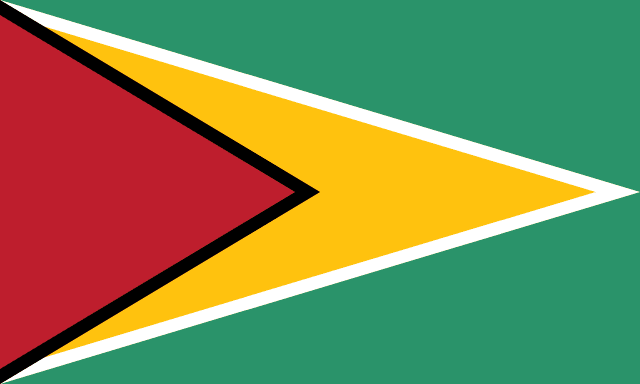Country Information
| Sovereign State | Yes |
| Country Codes | BR, BRA, 076 |
| Official Name | Federative Republic of Brazil |
| Continent | South America |
| Capital | Brasília |
| Government Type | Federal presidential constitutional republic |
| Currency | Brazilian Real (BRL) |
| Calling Code | +55 |
| Member Of | United Nations, Union of South American Nations, Group of Twenty (G20) |
| Population | Approx. 213 million (as of 2023) |
| Total Area | 8,515,767 square kilometers |
| Highest Point | Pico da Neblina (2,995 meters or 9,826 feet) |
| Lowest Point | Atlantic Ocean (0 meters or 0 feet) |
| GDP Per Capita | Approx. $6,800 (as of 2023) |
| Life Expectancy | Approx. 76 years (as of 2023) |
| Internet TLD | .br |
Brazilian National Anthem
Hino Nacional Brasileiro
There was heard
The cry of a heroic people
And the sun of Liberty
In bright rays shone
In the motherland’s sky at this very instant
If the pledge of this equality
We manage to conquer with strong arm
In thy bosom, O Freedom
Our chest defies death itself!
O beloved,
Idolized homeland,
Hail, hail!
Brazil, an intense dream, a vivid ray
Of love and hope descends to earth
If in thy beautiful sky, smiling and limpid
The image of the (Southern) Cross blazes forth
Flags of Neighboring Countries










History of the Brazilian Flag
The flag of Brazil, known as the “Auriverde” (gold-green), was officially adopted on November 19, 1889, just four days after the country declared itself a republic. The flag’s design has undergone changes over the years, but its core elements have remained constant, reflecting Brazil’s cultural heritage and political history.
The flag features a green field representing the House of Braganza of Emperor Pedro I, with a large yellow rhombus in the center, symbolizing the House of Habsburg of his wife, Empress Maria Leopoldina. Within the rhombus, there is a blue globe with 27 white five-pointed stars arranged in the same pattern as the night sky over Rio de Janeiro. Each star represents a state in the Brazilian Union, plus the Federal District. The globe features a white equatorial band with the national motto “Ordem e Progresso” (Order and Progress), a principle inspired by Auguste Comte’s positivism.
The flag’s design was slightly altered in 1960, with the addition of new stars to represent the newly created states and the Federal District. The concept of the design dates back to the old imperial flag, which had a similar color scheme and layout. The transition from empire to republic was marked by replacing the imperial coat of arms with the current globe and stars design.
The Brazilian flag represents the country’s rich natural resources, its historical journey from a monarchy to a republic, and the unity of its diverse states under a single federation. It is a symbol of Brazilian identity and pride, deeply ingrained in the country’s cultural fabric. The flag is displayed prominently across Brazil and during international events, embodying the spirit and aspirations of the Brazilian people.

